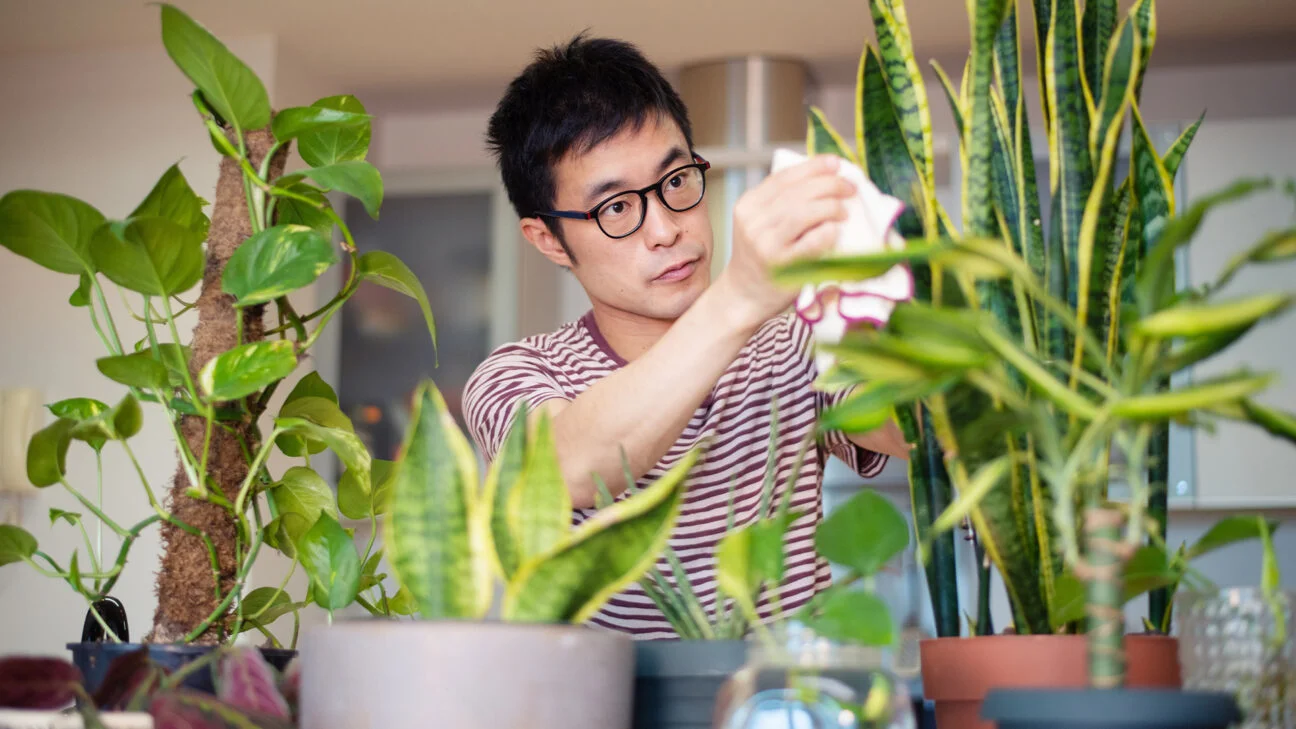When you think of plants, words like silent, passive, or immobile might come to mind. But beneath their tranquil appearance lies a world of incredible activity and communication. Plants are far from passive—they are sophisticated organisms capable of sensing, responding, and even communicating with their environment and each other.
Let’s delve into the secret life of plants and discover how they interact with the world around them.
1. Plant Communication: Talking Without Words
While plants don’t have voices, they communicate in fascinating ways. Through chemical signals and root systems, they share information that can influence the behavior of other plants, insects, and animals.
Chemical Alerts:
When a plant is under attack—say, by an insect—it releases volatile organic compounds (VOCs) into the air. Neighboring plants pick up these signals and prepare their defenses, such as producing toxins to deter the predator.
Underground Networks:
Roots play a crucial role in plant communication, particularly when connected by fungi. This “Wood Wide Web” allows plants to share resources like water and nutrients while sending warning signals about pests or diseases.
2. Plants That Sense Their Surroundings
Plants don’t just sit idly—they actively sense and respond to their environment in ways that are both subtle and extraordinary.
Light and Touch:
Plants have photoreceptors that detect light and allow them to grow toward the sun, a process known as phototropism. Some, like the Venus flytrap, respond to touch, snapping shut to trap unsuspecting prey.
Sound Sensitivity:
Recent studies suggest plants can detect vibrations. For example, when exposed to the sound of a buzzing bee, certain plants increase nectar production to attract pollinators.
3. Emotional Intelligence of Plants?
While plants don’t have brains or nervous systems, they exhibit behaviors that seem almost emotional.
Response to Stress:
Plants under stress—whether due to drought, pollution, or physical damage—emit distress signals. These signals not only prepare other plants but also attract helpful organisms, such as predatory insects that eliminate pests.
Memory and Learning:
Experiments with the sensitive plant Mimosa pudica show that plants can “learn” from experiences. When repeatedly exposed to harmless stimuli, the plant eventually stops reacting, suggesting a form of memory.
4. Plants and Their Human Connection
The idea of plants having a secret life has fascinated humans for centuries. Beyond their ecological role, they inspire awe and deepen our connection to nature.
Cultural Significance:
In many cultures, plants are revered as symbols of life, healing, and spirituality. The idea that they can sense and respond to their surroundings aligns with ancient beliefs about their sacredness.
Practical Implications:
Understanding plant communication and responses has practical applications in agriculture and conservation. By harnessing their natural signaling systems, we can promote healthier crops and ecosystems.
5. What Can We Learn from Plants?
Plants teach us resilience, adaptability, and the importance of collaboration. They thrive in diverse environments, communicate for mutual benefit, and continuously adapt to challenges.
Their silent yet impactful existence reminds us to appreciate the interconnectedness of all life forms and the subtle ways we influence and are influenced by the natural world.
Conclusion: A World Beneath the Surface
The secret life of plants is a reminder that there’s more to nature than meets the eye. Plants are dynamic, intelligent beings that play a crucial role in maintaining the balance of life on Earth.
Next time you see a plant swaying in the breeze or climbing toward the sunlight, remember—it might be doing much more than you realize. From silent conversations to intelligent responses, plants are a testament to the wonders of nature’s hidden world.
How has the secret life of plants inspired you? Share your thoughts and let’s celebrate these incredible green beings together!
